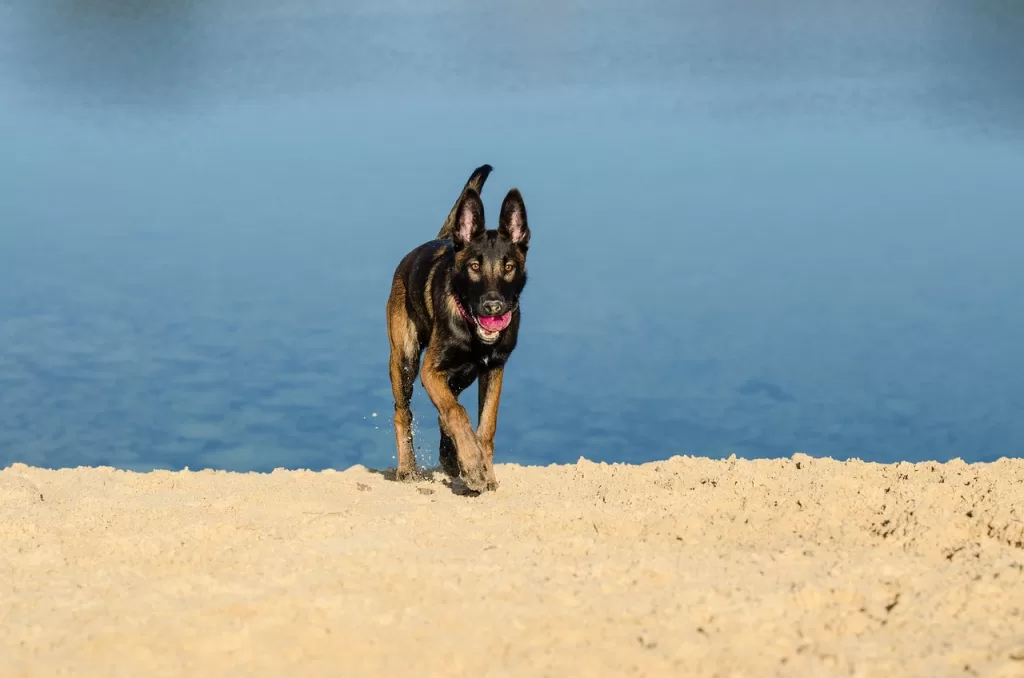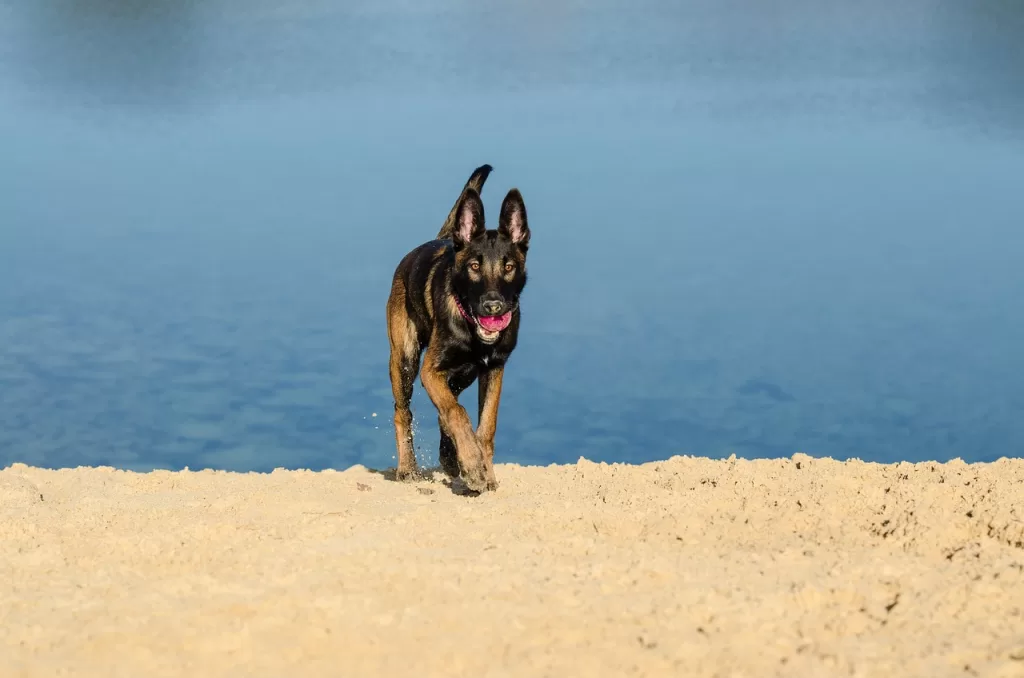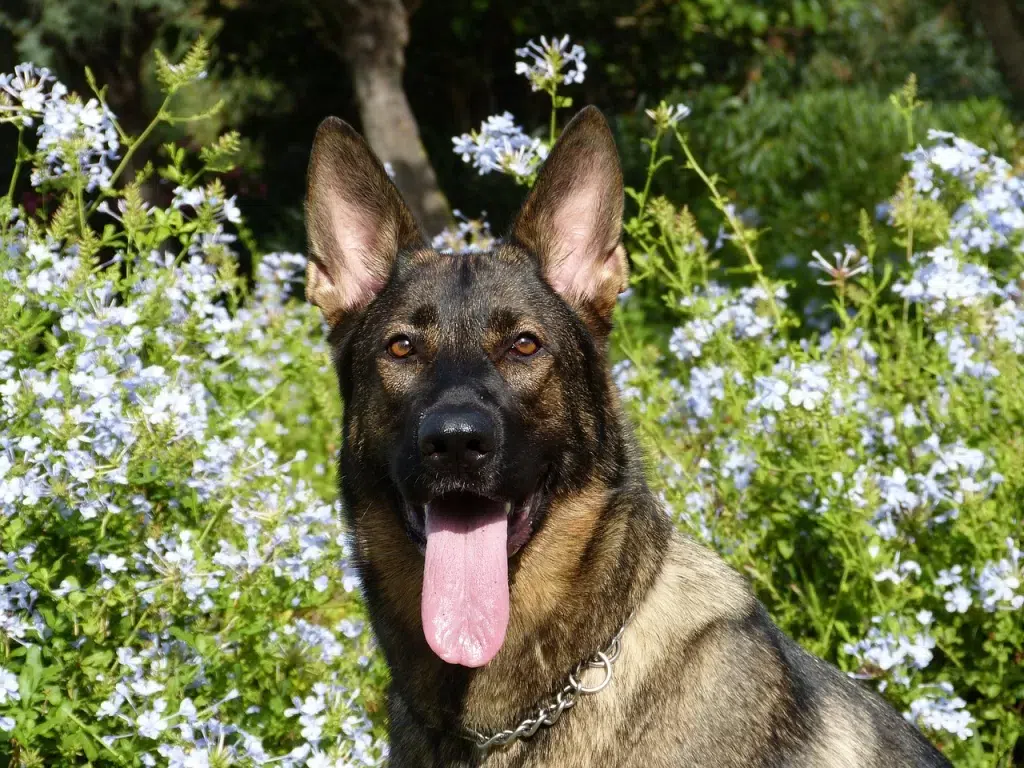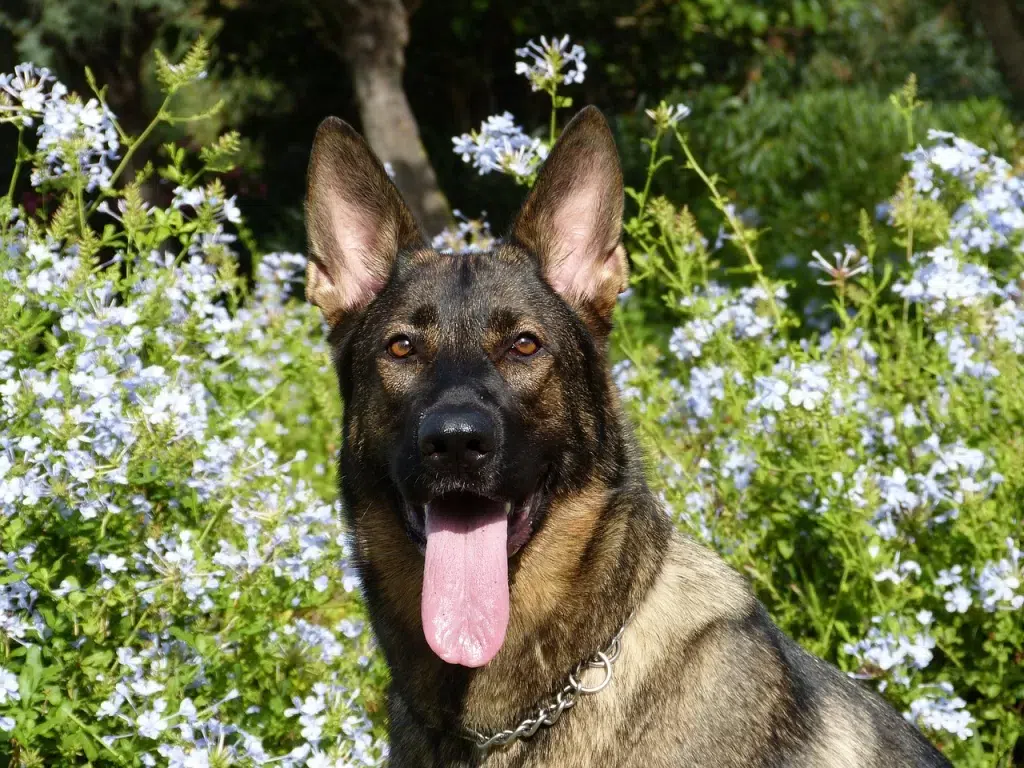Training Your Dog to Stay Calm During Grooming Sessions

Introduction:
Grooming plays a crucial role in maintaining the health and well-being of your beloved canine companion. However, for many dogs, grooming sessions can be stressful and anxiety-inducing. They may become anxious, agitated, or even exhibit fearful behavior during grooming, making the process challenging for both the dog and the owner. The good news is that with proper training and a calm approach, you can help your dog stay relaxed and comfortable during grooming sessions. In this blog post, we’ll explore some effective techniques to train your dog to stay calm and make grooming a positive experience for both of you.
Start with Positive Associations:
Creating positive associations with grooming is essential to help your dog stay calm. Begin by introducing grooming tools gradually and associating them with rewards, such as treats or praise. For example, let your dog sniff and investigate the brush or comb before gently brushing a small area of their coat. Reward them with treats and praise for their cooperation. Repeat this process regularly, gradually increasing the duration of the grooming sessions.
Desensitize Your Dog to the Grooming Tools:
Desensitization is a valuable technique that can help your dog become more comfortable with grooming tools. Start by simply placing the tools near your dog without using them. Reward your dog for remaining calm and relaxed in the presence of the tools. As your dog becomes more at ease, gently touch them with the tools, rewarding them for remaining calm. Gradually progress to mimicking the grooming actions, such as running the brush lightly along their body, while offering treats and praise for their cooperation.
Practice Handling and Touching Exercises:
Many dogs become anxious during grooming due to the physical handling involved. To alleviate this anxiety, practice handling and touching exercises with your dog. Gradually and gently touch different parts of their body, such as their paws, ears, and tail, while offering treats and praise. This helps your dog become accustomed to being touched, making grooming sessions less stressful.
Establish a Calm Grooming Routine:
Consistency is key when training your dog to stay calm during grooming. Establish a calm grooming routine and stick to it. Choose a quiet and comfortable space for grooming, away from distractions. Maintain a relaxed demeanor and use a soothing voice while grooming your dog. Keep the sessions short initially and gradually increase the duration as your dog becomes more comfortable. Remember to reward your dog with treats, praise, or small breaks throughout the process to reinforce their calm behavior.
Use Positive Reinforcement Techniques:
Positive reinforcement is a powerful tool in training your dog to stay calm during grooming sessions. Reward your dog for exhibiting calm behavior throughout the grooming process. Use treats, praise, and gentle petting as rewards to reinforce their positive behavior. By associating grooming with positive experiences and rewards, your dog will gradually learn to relax and tolerate the process.
Seek Professional Help if Needed:
If your dog’s anxiety persists despite your efforts, it may be beneficial to seek professional help. A professional groomer or a qualified animal behaviorist can provide guidance tailored to your dog’s specific needs. They can offer valuable insights, and techniques, and even recommend alternative grooming methods that may be less stressful for your dog.
Conclusion:
Training your dog to stay calm during grooming sessions is a gradual process that requires patience, consistency, and positive reinforcement. By creating positive associations, desensitizing your dog to grooming tools, practicing handling exercises, establishing a calm routine, and using positive reinforcement techniques, you can help your furry friend feel more relaxed and comfortable during grooming. Remember, a calm and positive grooming experience not only benefits your dog’s physical health but also strengthens the bond between you and your canine companion.
Training Your Dog to Stay Calm During Grooming Sessions Read More »



